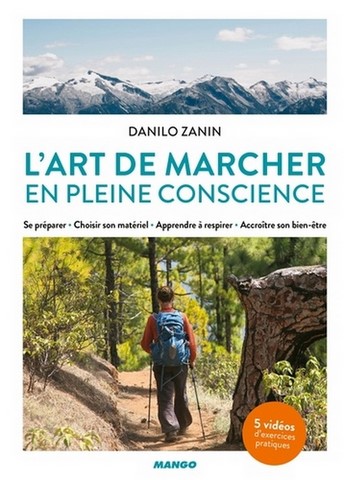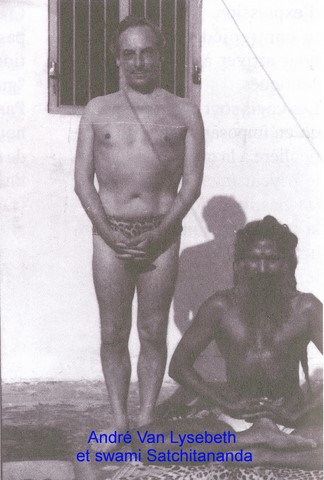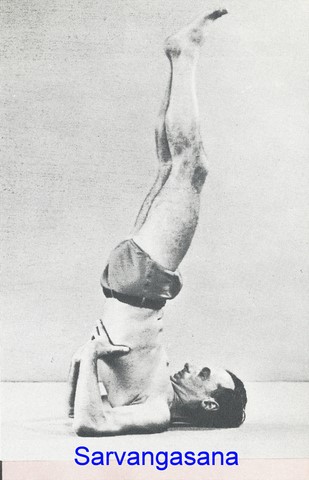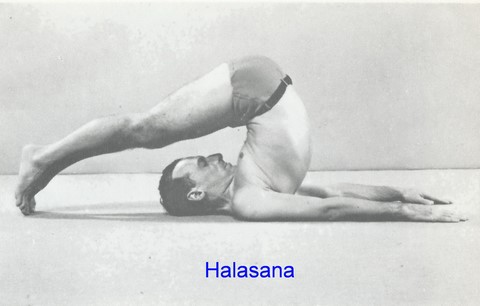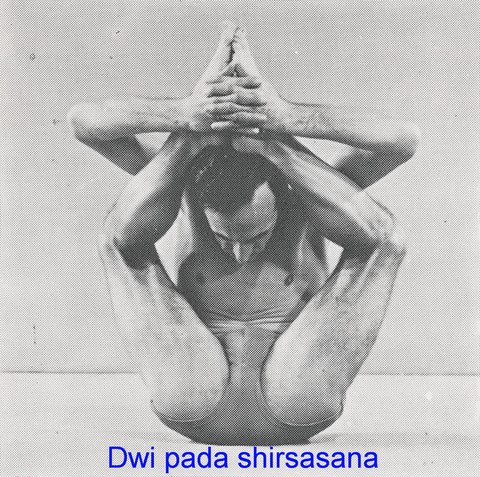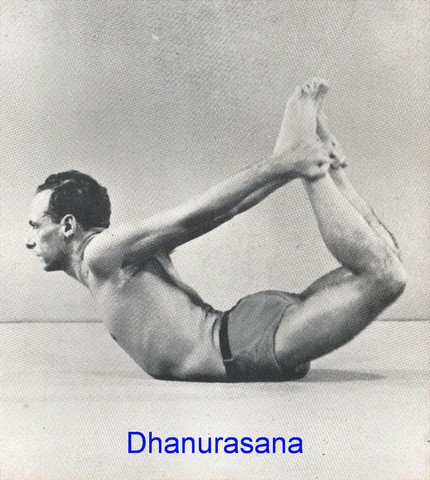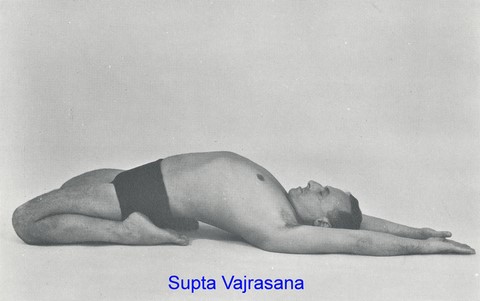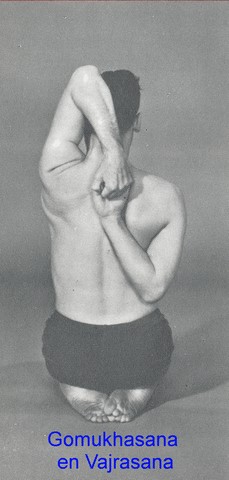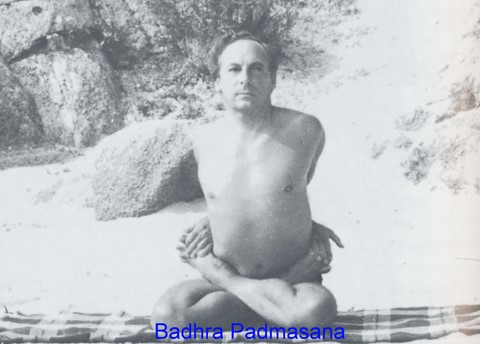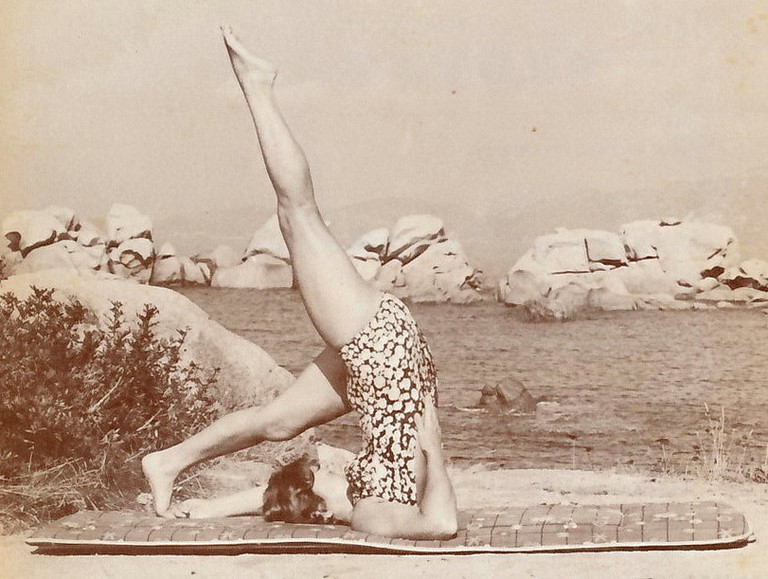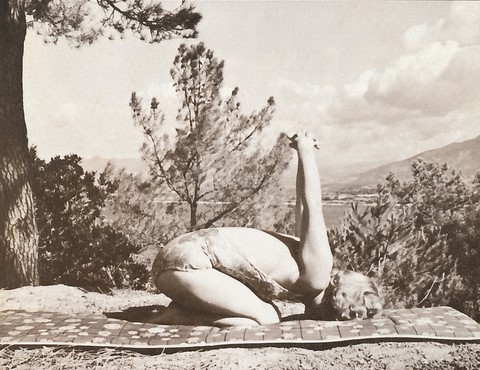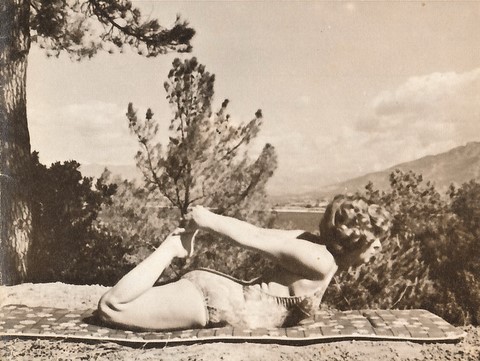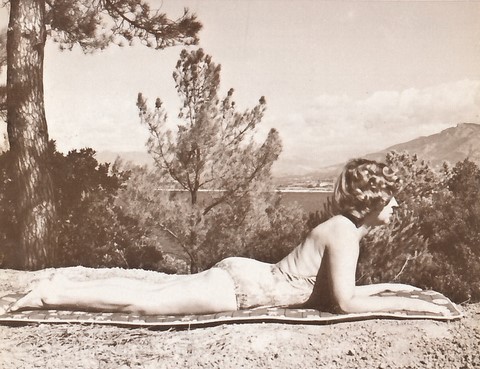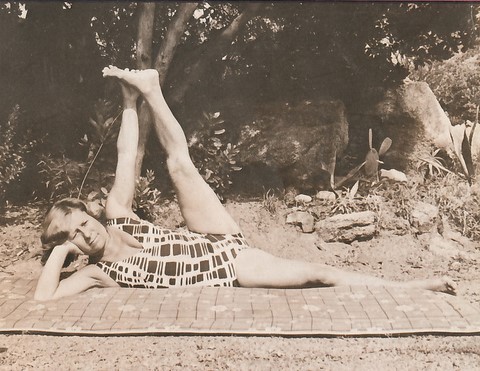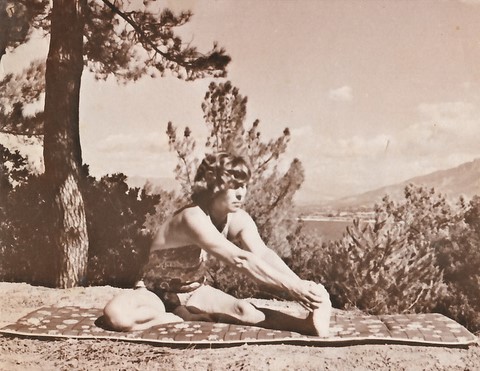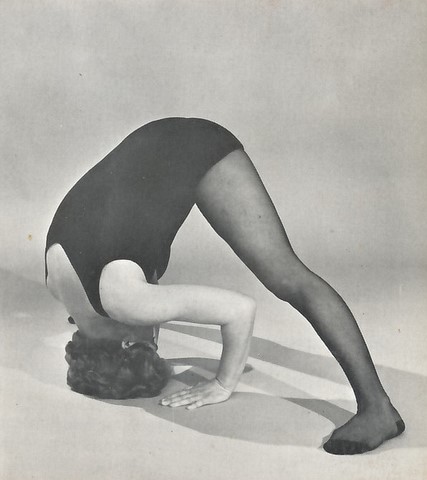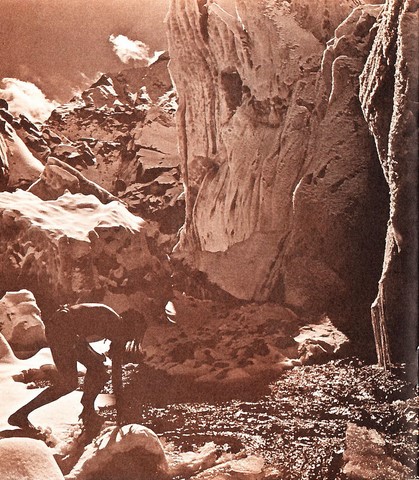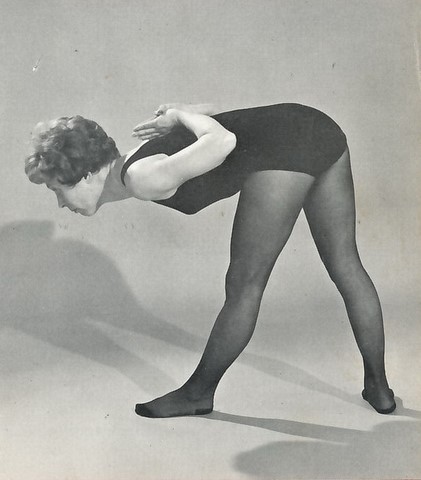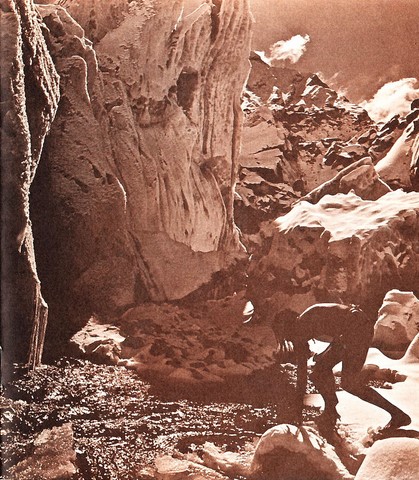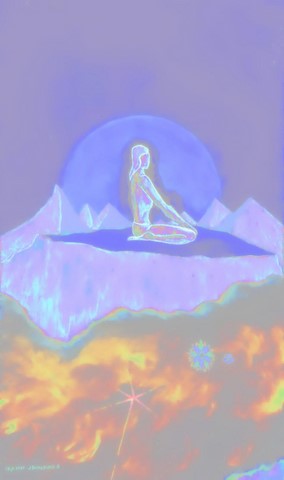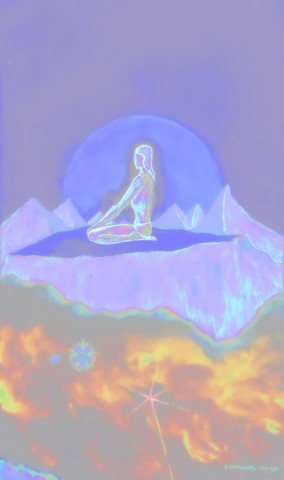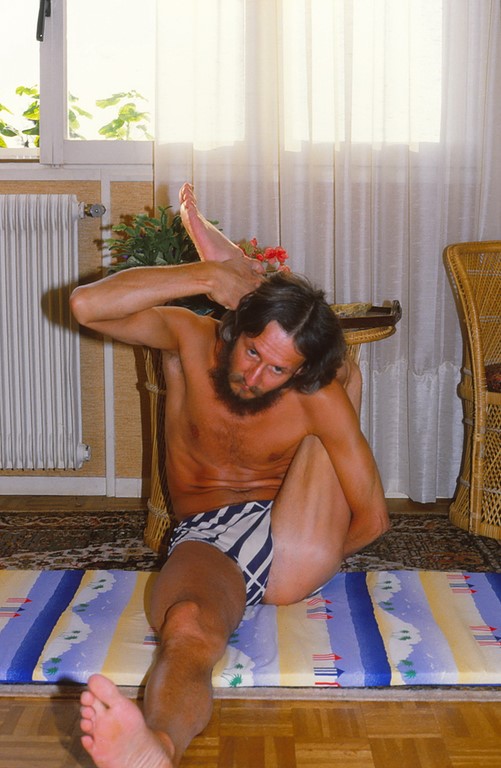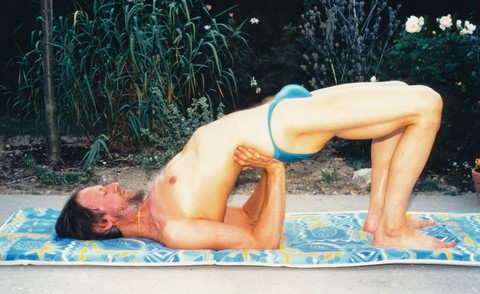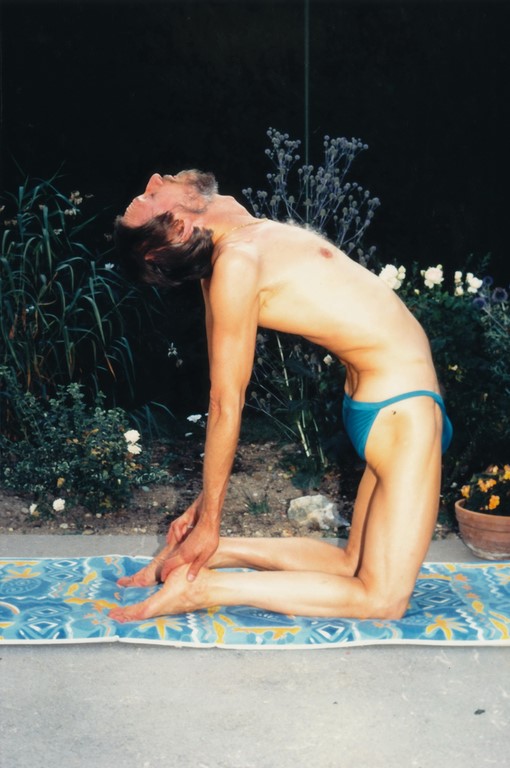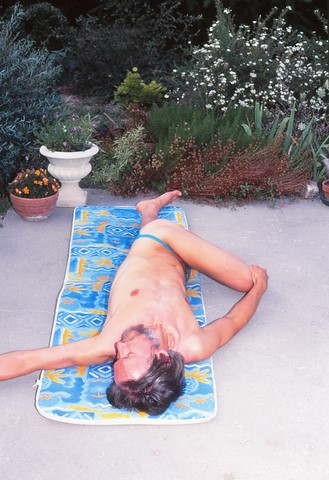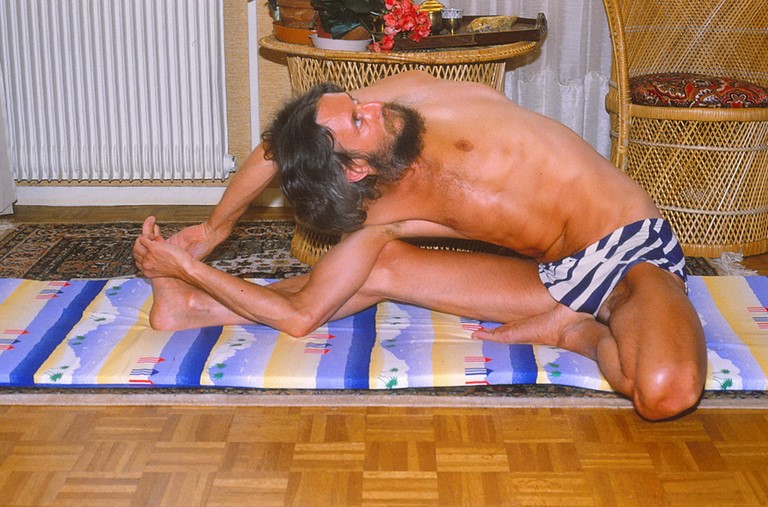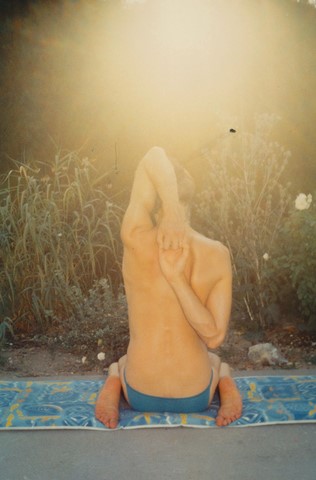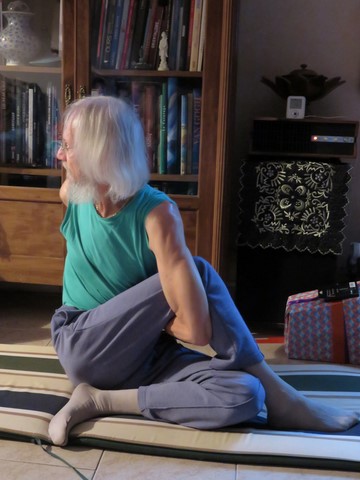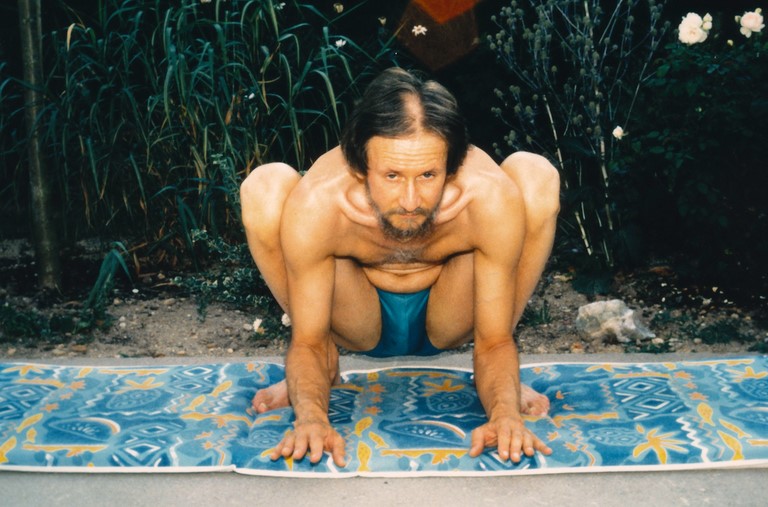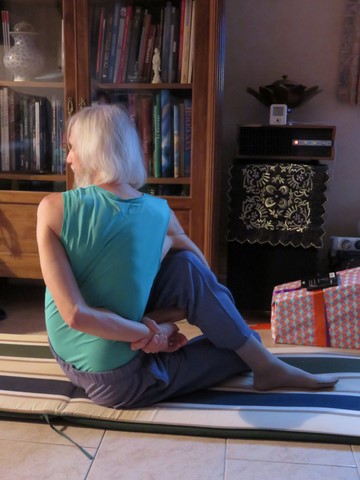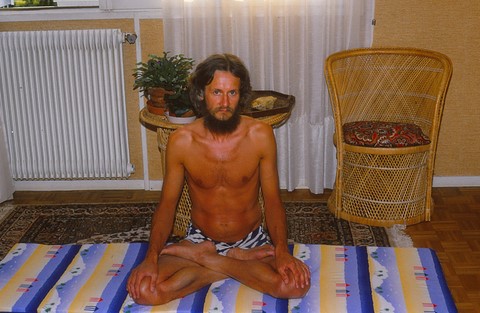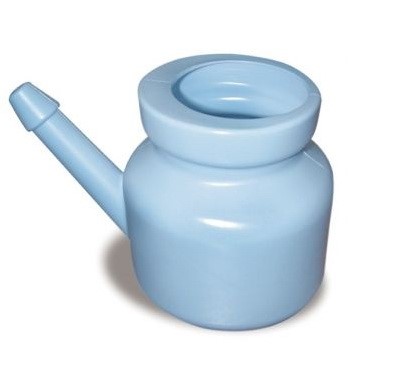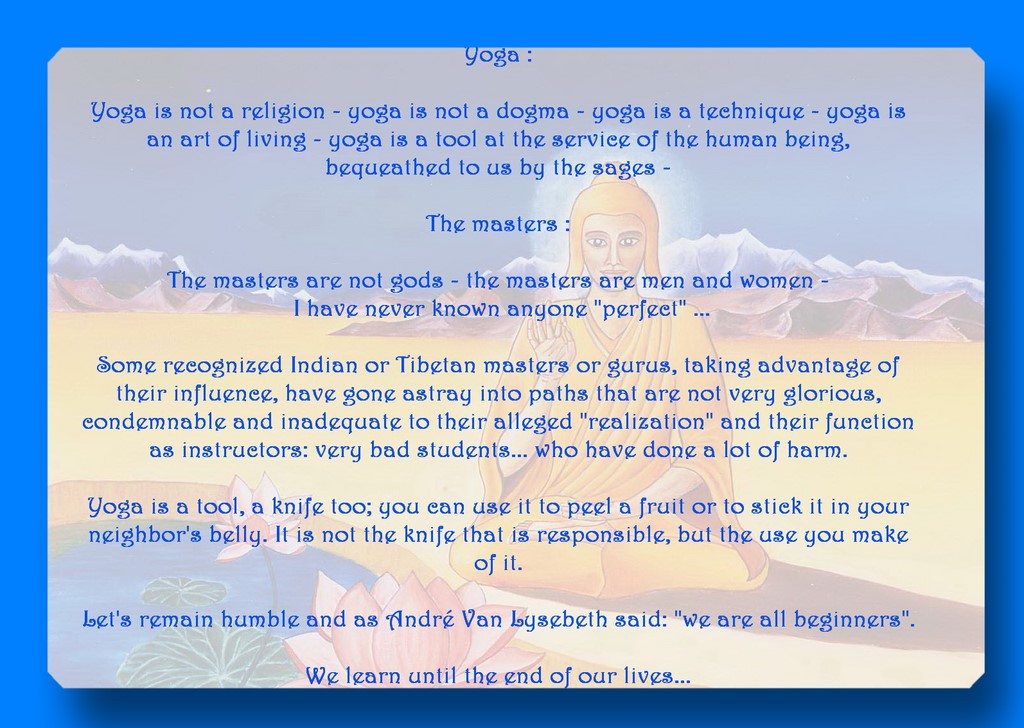ASANAS
André Van Lysebeth
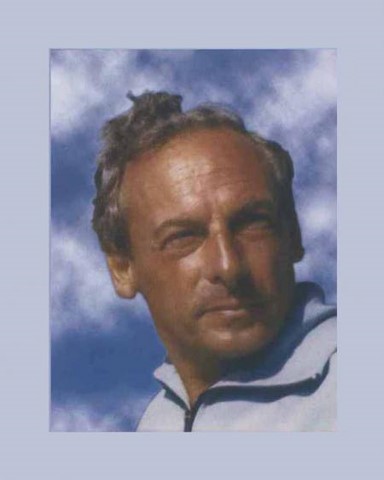
All photos taken from André Van Lysebeth's books or magazines are with his express permission.
André Van Lysebeth, undisputed master of European yoga, studied yoga in Rishikech (Himalayas) with Swami Sivananda who convinced him to create a journal to transmit this age-old science to Europe and the West. He then traveled around India and studied with various other yoga masters, which enriched his practice with many other techniques, slightly different in North India and South India and depending on the schools.
He has written several works of unequaled technical clarity and which have also made it possible to practice as an autodidact those who could not or did not want to follow a group course with a teacher; all the necessary elements were there (as well as in the magazine "Yoga") for a serious, effective and safe practice.
(It is of course recommended to use, preferably, a qualified teacher).
His books have been published worldwide and reference even in India.
Having read numerous works published by Indian yogis (swami Satyananda, swami Vishnoudevananda, swami Satchidananda, etc.) as well as by European professors (Eva Ruchpaul, J.Tondriau and Devondel, Lucien Ferrer, etc.), none, despite their certain interest, could not reach the precision, the clarity, the detail, the description of the mistakes not to make, the contraindications, etc… of those of André Van Lysebeth.
Only the books of B.K.S Iyengar, very detailed, can be compared to it, although more difficult reading for beginners (and not mentioning all the contraindications, errors and the detail of the beneficial effects), and, in particular for pranayama , describing a high level yoga with a very studied progression.
I owe a lot to André Van Lysebeth because, thanks to his books, I was able to learn hatha yoga, in an honorable and correct way, after an introduction to the basics by a qualified friend.
This learning changed my life and I have continued to practice yoga for decades.
On several occasions, I was able to express to André Van Lysebeth (as well as Denise Van Lysebeth) my gratitude and my admiration for the magnificent work he has done.
I particularly recommend André Van Lysebeth's books for anyone interested in yoga and its practice. They are available in the "YOGA BIBLIOGRAPHY" section of the site.
SOME ASANAS BY ANDRE VAN LYSEBETH

André Van Lysebeth in Padmasana posture
.
SOME ASANAS BY DENISE VAN LYSEBETH
.
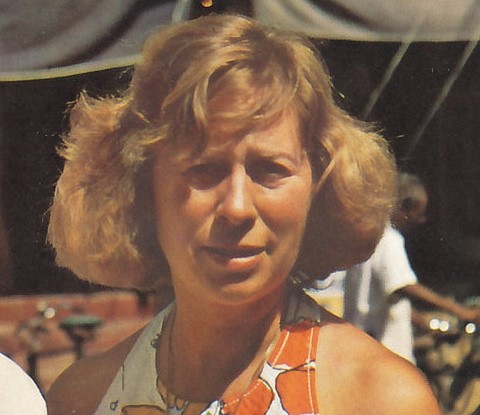
The series indicated are according to the method of Swami Sivananda, taught by André Van Lysebeth.
Asanas = Poses
Course of a classic session (We can vary, according to an established order, and replace a posture by another of the same type), which begins with an awareness, does not omit a relaxation between each posture, and ends with pranayama, then relaxation in savasana.
Other poses
.
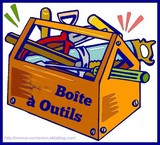
To improve the learning and practice of a posture, you can appeal to the mental image.
Lying on the floor, with your eyes closed, imagine that you are taking the posture, respecting the criteria of the posture correctly done; mentally feel your body moving in the desired direction, in a slow, steady and relaxed way. Imagine the sensations, the contact of the body with the ground, the limbs moving...and mentally execute the posture as you wish it to be.
You can do it a second time...and immediately after, actually take the pose.
After a little practice, you will realize that your posture has been done better and with greater fluidity.
PRANAYAMA
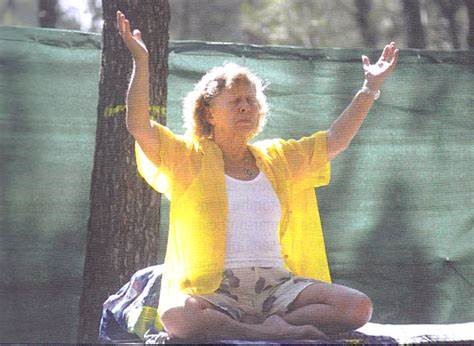
Warning regarding the practice of Pranayama
As soon as the practice of Pranayama intensifies, care must be taken to practice it undisturbed (do not abruptly interrupt a sequence), with your back straight, without any physical or mental tension. We must avoid letting the thought wander and fix it on the practice and the counting, possibly supported by a mantra which fixes the mind.
Indeed, Pranayama injects a large amount of energy into the body and into the mind and any tension or thought, especially if it is inadequate, risks being greatly amplified. At a higher level of practice, it is necessary to have the proper guidance of a qualified instructor, to avoid physical or mental disorders which can be dangerous.

For this purpose, yogis use a lota; this instrument, filled with lukewarm water to which a small quantity of salt is added (it is better to use fine salt – never coarse salt – found in organic stores. In fact, refined salt can contain elements chemicals harmful to health). The mixture is poured into each nostril alternately and then the nostrils are properly dried.
It also directly stimulates the brain by passing salt water over the olfactory cilia. Similarly, viruses and bacteria in the nasal cavity are eliminated and this is valuable during an epidemic.

Practice voluntarily opening your nostrils.
Little by little, it becomes natural and we realize that the inspiration is much more rewarding and that the expiration eliminates more Co2 and harmful gases.
Indeed, when the nostrils deviate, by reflex, the entire pulmonary tree opens, from the largest bronchi to the small bronchioles and the alveoli; the quantity of air and prana inspired is notably increased.
MARCHE AFGANE
